Co-authors Karen Pittman and Katherine Plog Martinez
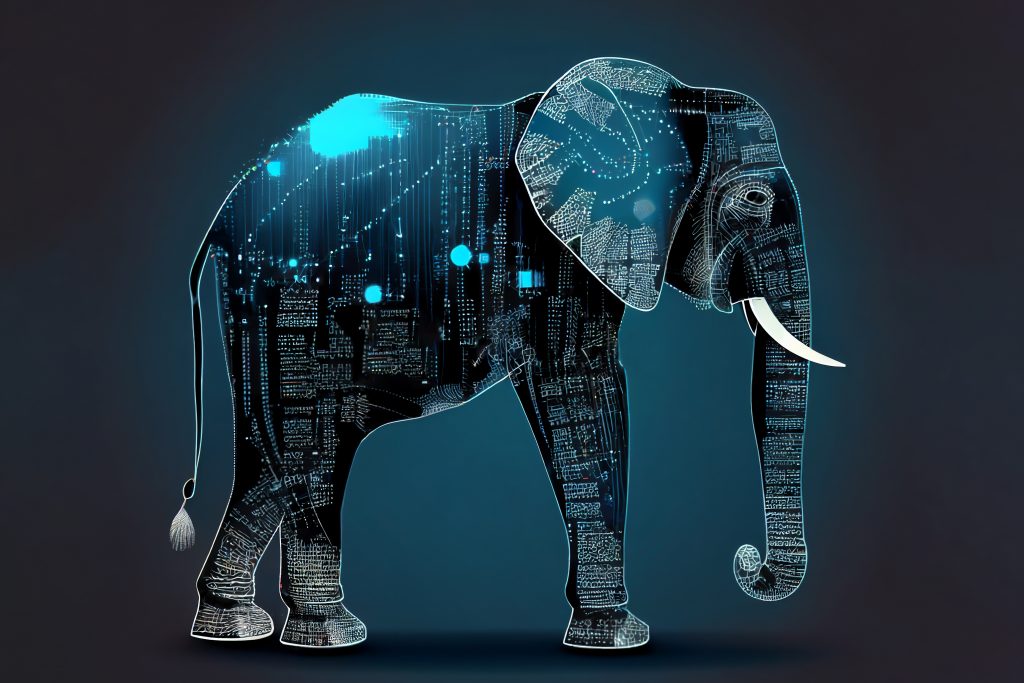
“Every system is perfectly designed to get the results it gets. American education systems and structures are designed to produce inequitable outcomes. That’s the elephant in the (class)room. The design behind the system. We know it’s there, and we know it needs to change. But we seldom even acknowledge it.”
New Teacher Center
Earlier this month, the New Teacher Center released its new point of view and vision for teaching and learning – The Elephant in the (Class)room – inspired by the organization’s Equity Commission, of which Karen was a member. The document powerfully lays out not just the challenge of the flaws in design of the educational system, but also a powerful set of integrated shifts than can help us both to acknowledge the elephant and begin to reimagine what our education system is and should be. They put forth three shifts they have dubbed the Anchors for Equity.
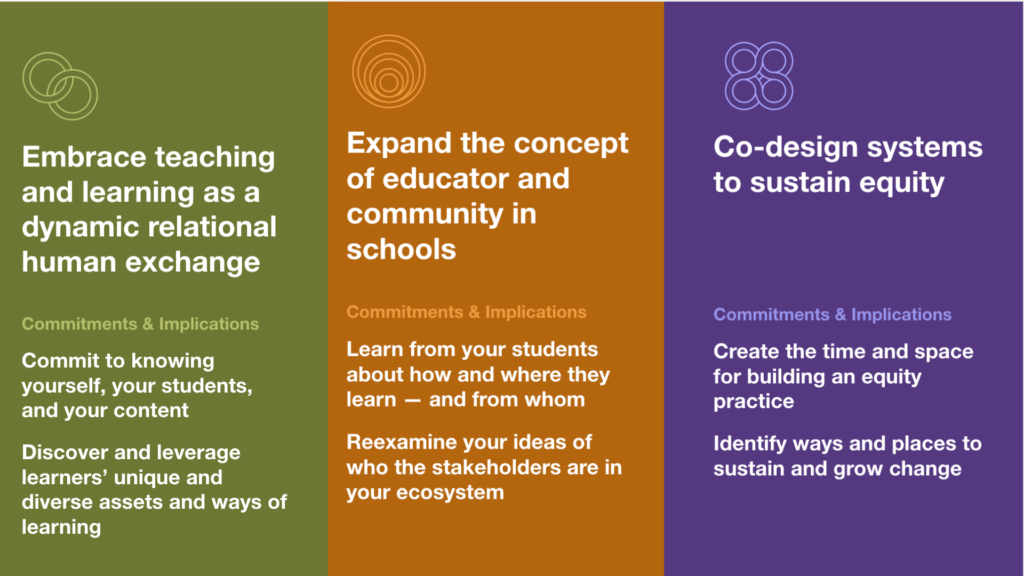
These anchors build upon each other. They encourage us to start with centering humanity and build from there to more fully acknowledge the full range of stakeholders engaged in education and engage them as co-designers of sustainable practices and processes that advance equity and excellence.
These anchors also summarize reams of research. Consider this quote from the opening of the SoLD Alliance‘s Initial Findings report:
In recent years, the science of how young people learn, develop, grow, and come to master complex skills has advanced substantially. This knowledge is critical for the education of all children, but it is especially powerful in creating educational equity where we have fallen short in the past. We may profess to believe that all children are capable of learning, but our educational practices and policies too often reflect the opposite, including marginalizing those who don’t respond to “traditional” K-12 educational approaches.
The SoLD Alliance partners condensed the implications of the science of learning and development into a set of guiding principles for whole child design. As partners, we engaged in the production of two playbooks, one for schools and one for community-based settings. These principles are summarized in a graphic we affectionately call the Blue Wheel. The parallels between this research and the Anchors for Equity are worth walking through.

Embrace
Very often when we think about school, we think about academics – we think of school as the place we go to get academic content, knowledge, and skill development.
What we know from neuroscience, however, is that the parts of the brain that engage in thinking and learning (the hippocampus) can’t be fully activated until the part that protects us when we feel unsafe or disconnected (the amygdala) is calm. Academic progress may be how success in school is measured, but developmental relationships and inviting environments are how progress is motivated. Both anchoring elements (the two dots in the graphic below) are needed to activate this dynamic virtual circle
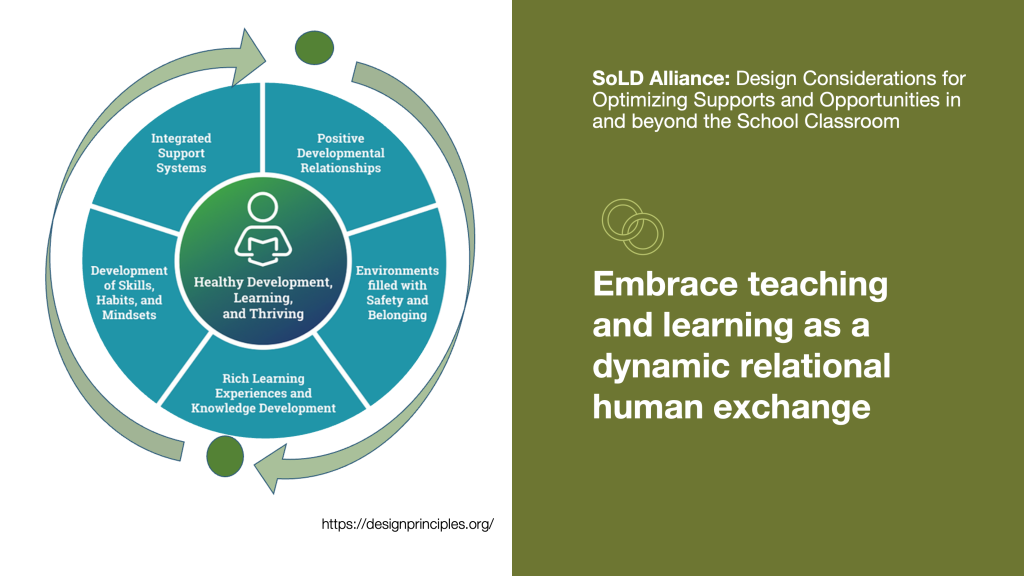
The Blue Wheel is not only enlightening, but also empowering. Science tells us all conditions need to be present. If any of these are in the red, especially the relationships and belonging, you cannot optimize the learning experience. But these conditions do not have to be emphasized equally. It is not only okay; it is useful to have variation in emphasis.
It is no surprise then that the New Teacher Center identified a relational human exchange as the starting point for this work. By naming the elephant, they are giving teachers permission to acknowledge the very real tension in their classroom created by how schools use time on task as a proxy for learning. When we hear teachers say, “I don’t have time to build relationships, or focus on non-academic skills,” they are not questioning the importance of these building blocks. They are reflecting on the fact that they have not been given the time, space, or support needed to take more flexible, integrated approaches to achieving set academic milestones.
There are teachers who have figured out how to do both. But, without permission, training, and support, they will remain a small minority. This is why the addition of the Expand anchor is so important.

Expand
Students spend less than a third of their time in school. And only about half of that time in school – when you include time on buses, in the library, cafeteria, hallways, on
playgrounds, ball fields, and in extracurricular clubs – is spent in academic classrooms. Helping teachers look at the other settings where young people spend their time in school and acknowledge the connections they have to teachers and other adults in the building beyond themselves, is an easy first step to help them understand that they should not, and cannot, activate optimal learning conditions alone.
Research and student stories confirm the importance of these “other adults” in young people’s lives. It also affirms their value as advisors, coaches, mentors, guides, counselors, support staff who are appreciated precisely because they do not lead with academic content. This community of educators, broadly defined, has more room to respond to young people’s interests and needs. These people – inside and outside of schools – are not acknowledged and compensated fully for the roles they play. Too frequently (often because they are part-time staff) they are not included in staff meetings or student performance reviews and not given professional development days. Equally important, they are not asked for their perspectives on student capacities, motivations, or behaviors even though science is very clear that these can vary enormously across settings. When we acknowledge that students are connected to them, we increase the opportunity to build community. We need to do so in a way that allows all adults to say, “How do I contribute in this Blue Wheel? Maybe I’m not doing the academic enrichment, but maybe I really do have a relationship with this young person that allows me to build their trust and build their sense of why they want to come to school. Maybe I can help them build some cognitive skills or some social skills because they’re in a different environment in which they don’t feel the academic pressure.”
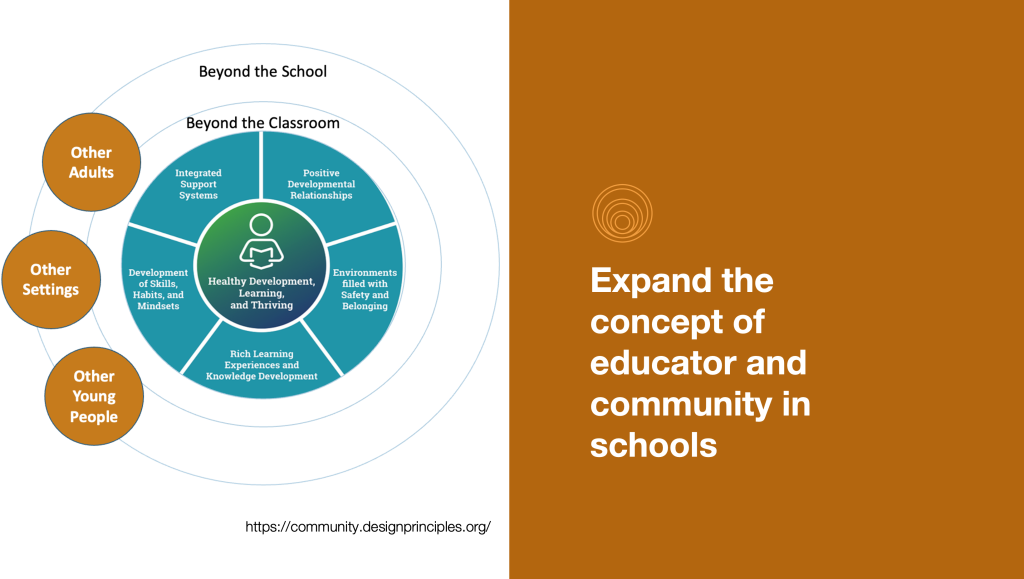
By expanding our idea of who can contribute to learning, we actually continue to humanize educators and emphasize the dynamics of human relations. The other adults in the school buildings, campuses, and buses, are an important part of young people’s lives because their interactions – good or bad, intentional or unintentional – are brought into the classroom. These interactions can bolster or undermine students’ confidence and commitment to learning. The complex and cumulative nature of relationships doubles when we go outside the school.
Teachers can certainly take steps to build connects with these important other adults on their own. But building these new connections is easier when done as a part of broader efforts, even at the building level, to systematically bring in all educators and to acknowledge their practices.

CO-Design
Getting and keeping the elephant out of all classrooms is a huge undertaking that will require system level changes at district and state levels.
Diminishing the power of the elephant by joining forces with families, students, and community educators to explore and expand the definitions of how, when, where, why, and with whom learning happens isn’t simple. But it is much more manageable.
Jal Mehta, a Harvard Graduate School of Education professor and author of Driving With the Brakes On, offers two strategies to schools beginning the complex process of making paradigms shift: symmetry and fractals. Symmetry is the idea that “we should build parallelism between how we approach adults and how they will treat students.” Ron Berger of EL Education, sums this up:
“We have to discuss race. We have to discuss gender identity. We have to discuss sexual orientation, income issues because if staff can’t talk about those things with each other, how can they help students talk about those things? It really is a focus on staff crew in order to create those conditions for good student crew. We need to make sure that all staff feel empowered because they’re all making a difference in student lives.”
Fractals are the idea that “the key elements of the larger whole can be found in the smallest parts.” This approach reinforces what we know from the science of learning and development: every interaction matters. Each decision, each interaction is an opportunity to model what you want the larger body to become.
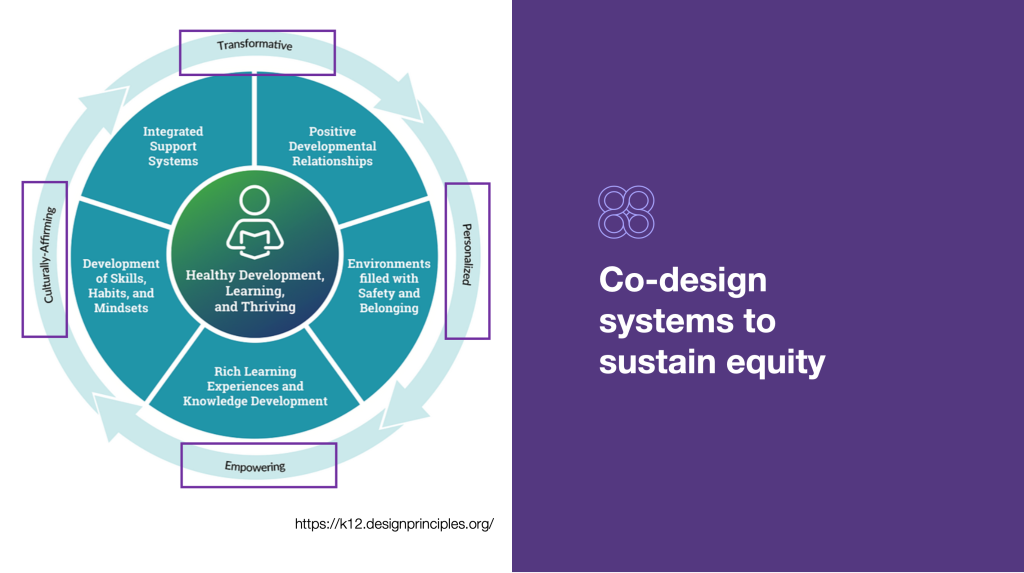
The Blue Wheel primarily focuses on settings – on optimizing the interactions between youth and adults. But there are four big words embedded in the diagram that emphasize the importance of having supportive systems that provide the space, time, and supports for optimization. They suggest, in very simple terms, that we have to make bottom-up and top-down commitments to 1) personalize learning, 2) empower all the people in the building, 3) do culturally affirming learning and education, and 4) really think about how we’re transforming education’s purpose and infrastructure.
A core premise of both The Elephant in the (Class)room and the science of learning and development is that the adults in the school system are ignoring something we know is hindering, if not harmful, but don’t know how to remove. An important corollary is that the adults outside the school system are finding complementary and sometimes compensatory ways to address the areas of learning they value that are not provided regularly by schools. For a number of reasons, parents accepted this responsibility to supplement learning while still being supportive of public schools. This sentiment shifted with the pandemic. Parents are very clear and consistent about the skills, competencies, and values they want their children to build and about the kind of learning environments needed to support them. And they are equally clear that schools need not be better but be different. Populace’s 2022 Purpose of Education Index found that:
“The vast majority of the general population believes more things about the educational system should change than stay the same (71%), including 21% who say nearly everything should change. Better is no longer the goal — something entirely different is. Whether it is wanting a greater focus on practical skills, individualized learning experiences, or reorienting the end goals, Americans’ priorities for K-12 education are largely absent from the current system.”
The New Teacher Center pushes us to consider that forging this different path in ways that elevate excellence and sustain equity requires the deep and full involvement of teachers, parents, community members, and students in creative, co-design processes that break down the box to release the elephant. We encourage you to spend time deeply considering the Elephant in the (Class)room and exploring the outstanding tools and resources – including Profiles in Practice and Experience Journeys – the New Teacher Center has developed to support those committed to taking this journey.
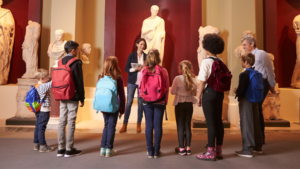


No comment yet, add your voice below!